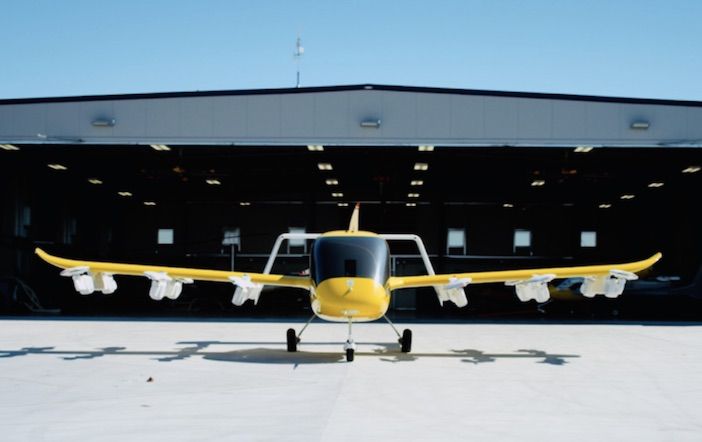Autonomous air taxi developer Wisk, and NASA are to jointly develop a way to safely integrate autonomous aircraft into the airspace in the USA.
The partnership is part of NASA’s Advanced Air Mobility National Campaign strategy, which aims to develop key guidance for Urban Air Mobility (UAM) operations and to address key challenges such as certification and standards development.
The research partnership will initially focus on autonomous flight and contingency management, including collision avoidance and flight path management. This will include the evaluation of architectures, simulation studies, and the development of an overall validation framework that can be leveraged for autonomous flight assessments.
According to Wisk, the work will be done in cooperation with industry standards organizations and may include guidance on airspace structure, flight procedures, minimum performance requirements for participating aircraft, and standards that will influence the evolution of autonomous systems.
Gary Gysin, CEO of Wisk said, “Our partnership with NASA will bring together our expertise in autonomy with the unmatched technical capabilities of NASA. The frameworks and recommendations developed through this collaboration will not only advance autonomous passenger flight but also increase the overall safety of aviation.”
Robert Pearce, associate administrator for NASA’s Aeronautics Research Mission Directorate, said, “NASA believes our partnership with Wisk will help accelerate the realization of exciting new Advanced Air Mobility missions.”
Wisk’s all-electric, self-flying aircraft seats two people and has a top speed of 110mph (180km/h) and a range of 62 miles (100km). It operates at altitudes between 500ft and 3000ft above ground level and uses 12 lift fans to take off and land. It uses a single propeller for fixed wing, forward flight.





